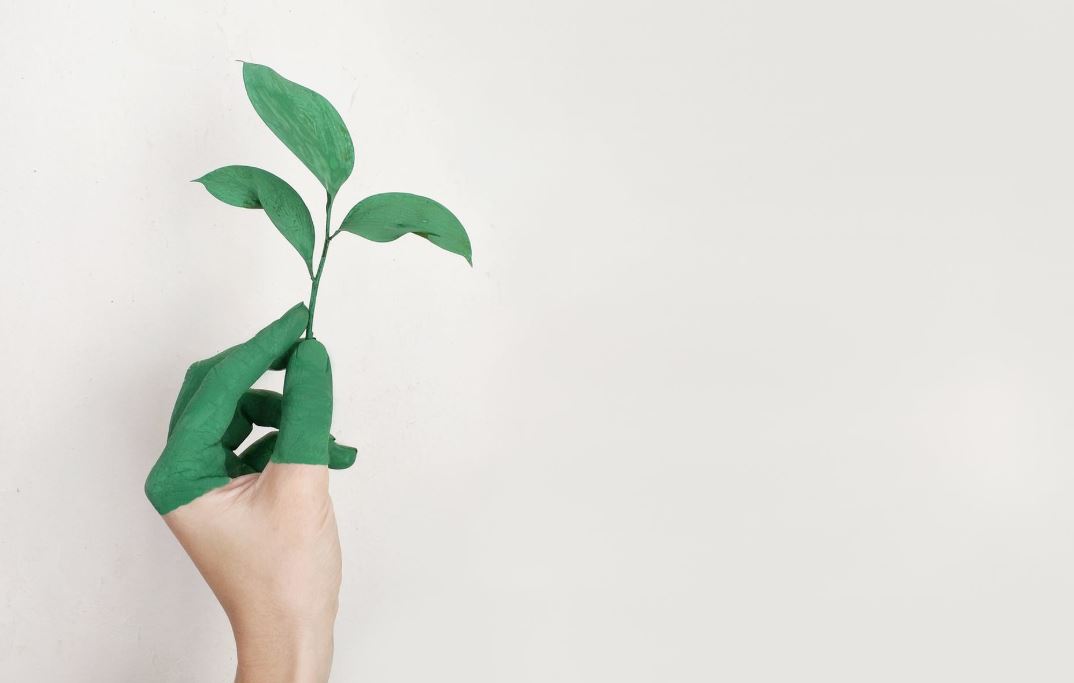After a much hyped and well-funded campaign to promote the 10 and Under tennis program, some coaches and parents are voicing objections to this new mandate. In France, tennis coaches have approached teaching kids a little differently. Small children who wish to play tennis but most likely will not pursue a career in the sport can learn the game by practicing with the foam tennis ball which is easier to hit. But the kids in France who are more athletic and show signs of advancement, play on a regular tennis court, hit the traditional tennis balls with regular-sized tennis racquets.
Critics argue that smaller racquets, nets and foam balls should not be mandated by the United States Tennis Association (USTA). If some kids age 6-10 years old are capable of hitting the regular tennis balls with common tennis racquets, they should have that opportunity. The modified equipment should be available to the other kids who may benefit.
Philip Farmer is the former coach for the Bryan Brothers. He says, “I like the foam ball.” However, Farmer adds that he would not be surprised if the USTA modifies its rules in the near future.
But coaches are not alone with their dismay regarding the new 10 and Under mandates. Many parents are not happy their children do not have the opportunity to learn how to play tennis on an actual-sized court, using a real tennis net and tennis racquets. Although some kids do have more fun playing with foam balls on smaller courts, these modifications may discourage some youngsters from continuing and advancing as tennis players.
Another significant factor missing from this equation is tournaments played on actual courts. Currently, tournaments are not offered in the U.S for children under 10-years-old. After long hours of practice, critics claim, youngsters should have the opportunity to compete on real tennis courts.
Regardless of one’s opinion on this project, the 10 and Under initiative may help with the nation’s  childhood obesity epidemic. Lack of physical activity is a significant factor especially in the present climate where physical education programs are often eliminated in many school districts. This program allows kids to sample the game of tennis and “get a taste.”
childhood obesity epidemic. Lack of physical activity is a significant factor especially in the present climate where physical education programs are often eliminated in many school districts. This program allows kids to sample the game of tennis and “get a taste.”
Even if the child does not develop a life-long passion for tennis, he/she is given the opportunity to learn how to swing a racquet. This initiative encourages kids to move away from their TVs, iPads and iPods and head outside. In addition, the modified tennis equipment permits kids to play anywhere; in their local neighborhoods, on their driveways and not necessarily on an actual tennis court.
Children can apply their ingenuity by creating a safe make-shift tennis court. Any program that encourages children to be engaged in a safe physical activity and spend less time in the car or in front of a screen, should be fully supported. If a smaller tennis racquet will satisfy smaller hands, the initiative is a winner.
Citations:
- Youth Tennis Photo Credit
- Youth Tennis Photo Credit
Attached Images:
- License: Creative Commons image source
- License: Creative Commons image source
As a writer with articles published in the San Diego Union Tribune and various magazines, Celia Taghdiri has an education background in English/Journalism. As a tennis writer, she emphasizes the sport’s multiculturalism and international recognition.






Very interesting article. USTA Programs for young players have been introduced to develop the next generation tennis stars, because we are lacking success in that department. European tennis is based on clay fundamentals, therefore kids are usually taught to play longer rallies, construct points in early ages. I believe that the 10 and under is a good thing to keep kids motivated and have more fun with it and maybe 1 or 2 in a hundred will become great players. In Europe the mentality is different, when parents put a kid in a tennis program it is to become a great player,they do not have a lot of choices and for the record tennis is a lot more popular in Europe than in the US by far.